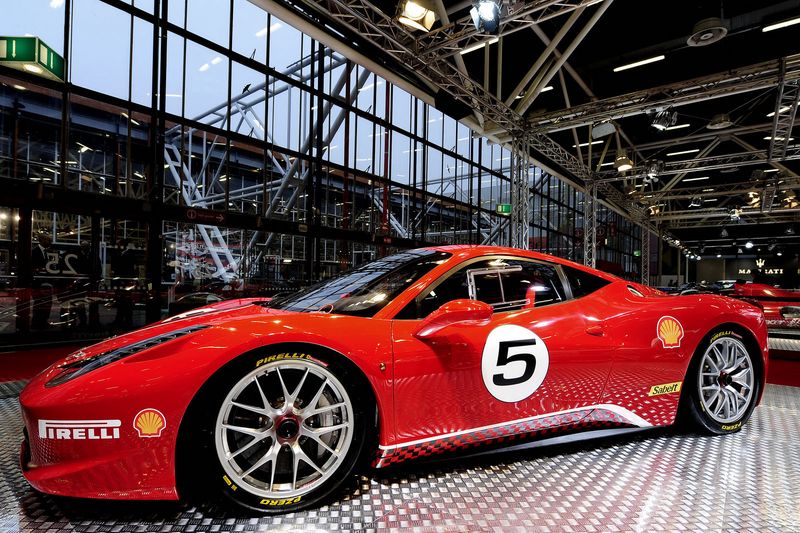In 2004, Aston added to this pantheon with the DB9 2+2 Coupe, a 12-cylinder grand tourer that replaced the 10-year-old DB7. Largely attributed to the poetic pen of designer Ian Callum, the DB9's design was finished by his successor, Henrik Fisker, following Callum's move to Jaguar.
Fisker states, "Aston Martins are not edgy. They don't have sharp surfaces or pronounced power domes. The bodywork is gently curved, like an athlete with great muscle tone."
The long hood, of course, is not strictly a styling affectation. It is there to cover a significant lump (Brit slang for engine) in the form of a mid-front mounted 5.9-litre V12 taken from the Vanquish (2001-2007). This all-alloy DOHC 48-valve V12 currently makes 477 hp and 433 lb.-ft. of torque. The gearbox (six-speed manual or six-speed auto) is mid-rear mounted for improved weight distribution.
The DB9 was developed under Ford's stewardship and was the first Aston to use Ford's aluminum VH (vertical/horizontal) platform, and first to come from the new plant in Gaydon. The body is rendered in aluminum and composites, bonded with adhesive and mechanically fixed self-piercing rivets.
The DB9 Coupe has spun off a few other models. The DB9 Volante (convertible) arrived a year after the coupe, sporting a fabric top that looks good up, but when stowed showed this Aston was born to be topless, too. Stunning. A trendy retractable hardtop was never in the cards, because accommodating all that folding metal would have compromised the DB9's picture-perfect posterior.




 10:26 PM
10:26 PM
 Melafani
Melafani



























